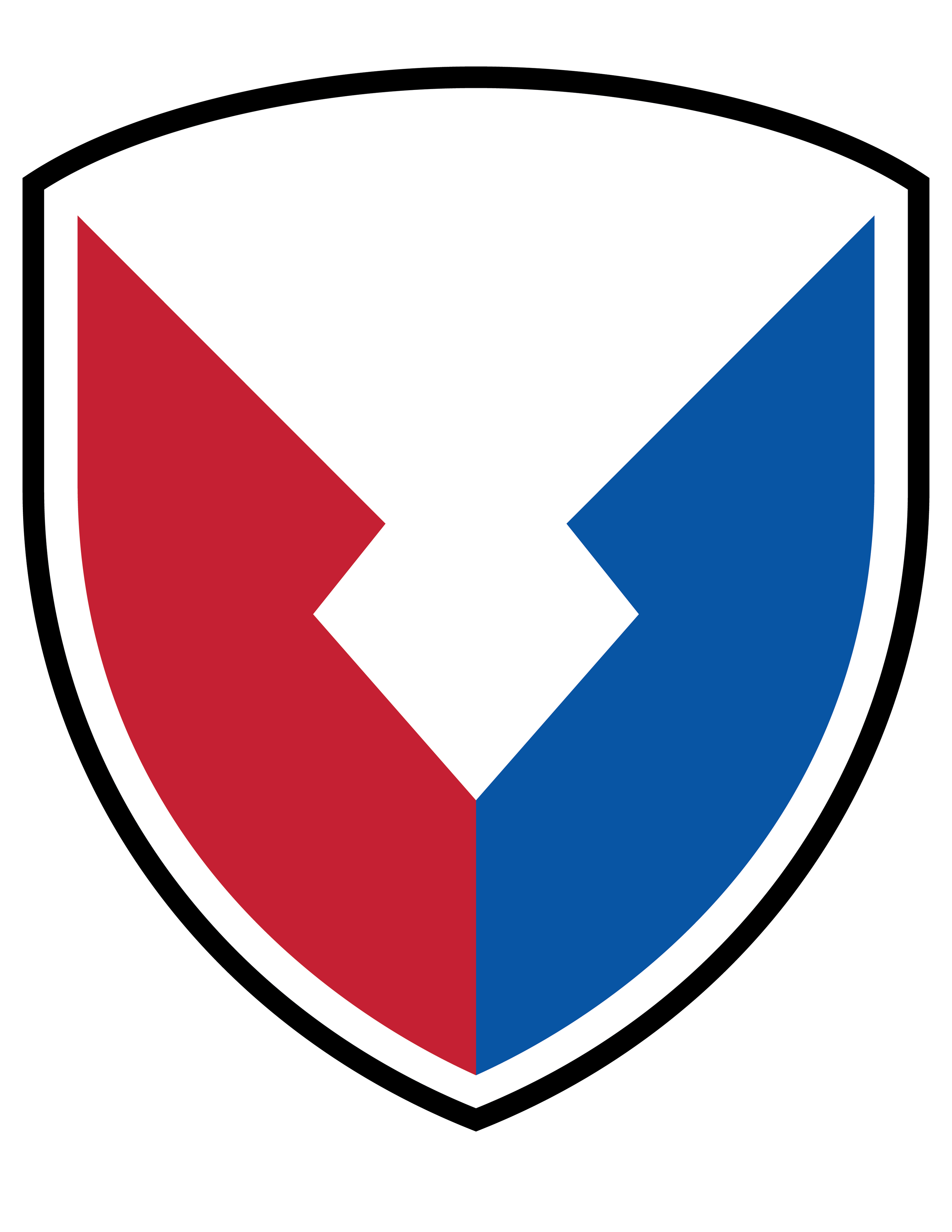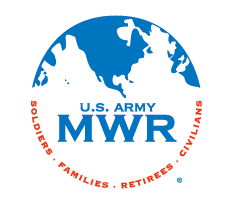June Army Information Update - Because Knowledge is Power ... Pass it on!
Army Information Update
Because information is power, we are informing you each personally and inspiring you to pass it along.
An update: Two programs the Army is working to improve on behalf of Army families:
Airplanes: The U.S. Army was a major player in the history of flight. In 1908, the Army Signal Corps put out a bid for a two-seat aerial reconnaissance craft. The Wright’s entered their craft and began test flights on Fort Myer. In 1909, the Army purchased the first military aircraft called the Wright Military Flyer.
Computers: The Electronic Numerical Integrator and Computer (ENIAC) was introduced on 14 Feb 1946. Major General Gladeon M. Barnes, Ordnance Department Chief of Research and Engineering oversaw the project. It was “heralded … as a tool with which to begin to rebuild scientific affairs on new
foundations."
Nuclear Power: The Army Corps of Engineers built its first nuclear power reactor SM-1 Power Plant at Fort Belvoir in an impressive 18 months in the year 1957. On the cutting edge of this new technology, the Army needed to find sustainable ways to power remote sites where Soldiers may have to live and fight and where weather conditions were especially harsh. The knowledge gained about reactor design, safety and health, fuel consumption, and lifespan have been invaluable for both military and private nuclear power operations.
The Panama Canal: President Teddy Roosevelt appointed Colonel George Washington Goethals Chief Engineer of the Panama Canal project in 1907. COL Goethals would complete it in 1914, ahead of schedule. He was the third Chief Engineer, the two before having resigned in frustration. Since this engineer was in the Army Corps of Engineers, Goethals was bound to the assignment by duty. Of the project, Goethals told Congress, "I now consider that I am commanding the Army of Panama, and the enemy we are going to combat is the Culebra Cut and the locks and dams at both ends of the canal."
Today’s National Weather Bureau: Its precursor is the Army Signal Corps Military Weather Service that helped establish the science of meteorology. Today’s focus on collection and cataloging of weather data is thanks to the United States Army Surgeon General Dr. James Tilton who, in 1814, had his staff keep detailed weather records to better understand the correlation between disease patterns and weather conditions.
Yellow Fever and Mosquitos: Major Walter Reed, M.D. proved mosquitos were the vector for yellow fever. It was Cuban physician Carlos Finlay who first proposed the idea but was unable to prove it scientifically. Nineteen years later Dr. Reed and the U.S. Army Yellow Fever Commission would prove the hypothesis.
With summertime upon us, we plan to take a break in July and August so the next Army Information Update will be September.
We plan to feature news about the October 2024 annual AUSA Conference.
If you or your families have ideas on topics for future updates, please let us know!
Because information is power, we are informing you each personally and inspiring you to pass it along.
An update: Two programs the Army is working to improve on behalf of Army families:
- Finding, applying for, offering and onboarding DoD jobs is fair, simple, efficient and transparent: The Deputy Secretary of Defense has established a Chief Talent Management Office headed by Mr. Bryant Parmeter, an innovative hard-charger bringing civilian industry leaders hiring expertise to the table. Tasked with improving civilian hiring- from application to onboarding- he and the Office of Personnel Management, which runs USA Jobs, are working together to ensure our job platforms and hiring approaches and processes are of the highest quality to quickly hire the best talent. We’ll keep you posted!
- The Exceptional Family Member Program (EFMP) is a fair, simple, efficient and transparent process: The Director of the Army Staff and the Sergeant Major of the Army chaired an EFMP Meeting. They discussed 1.) Updating the criteria. We learned EFMP falls under the Code of Federal Regulations so changing the EFMP criteria requires legal reviews and an opportunity for the public to make comments. That takes time! The team is exploring other avenues to update the old criteria. 2.) Decreasing the processing time with improved screening steps and 3.) Separating Overseas Family Travel Screening from the EFMP program. We’ll keep you posted!
Airplanes: The U.S. Army was a major player in the history of flight. In 1908, the Army Signal Corps put out a bid for a two-seat aerial reconnaissance craft. The Wright’s entered their craft and began test flights on Fort Myer. In 1909, the Army purchased the first military aircraft called the Wright Military Flyer.
Computers: The Electronic Numerical Integrator and Computer (ENIAC) was introduced on 14 Feb 1946. Major General Gladeon M. Barnes, Ordnance Department Chief of Research and Engineering oversaw the project. It was “heralded … as a tool with which to begin to rebuild scientific affairs on new
foundations."
Nuclear Power: The Army Corps of Engineers built its first nuclear power reactor SM-1 Power Plant at Fort Belvoir in an impressive 18 months in the year 1957. On the cutting edge of this new technology, the Army needed to find sustainable ways to power remote sites where Soldiers may have to live and fight and where weather conditions were especially harsh. The knowledge gained about reactor design, safety and health, fuel consumption, and lifespan have been invaluable for both military and private nuclear power operations.
The Panama Canal: President Teddy Roosevelt appointed Colonel George Washington Goethals Chief Engineer of the Panama Canal project in 1907. COL Goethals would complete it in 1914, ahead of schedule. He was the third Chief Engineer, the two before having resigned in frustration. Since this engineer was in the Army Corps of Engineers, Goethals was bound to the assignment by duty. Of the project, Goethals told Congress, "I now consider that I am commanding the Army of Panama, and the enemy we are going to combat is the Culebra Cut and the locks and dams at both ends of the canal."
Today’s National Weather Bureau: Its precursor is the Army Signal Corps Military Weather Service that helped establish the science of meteorology. Today’s focus on collection and cataloging of weather data is thanks to the United States Army Surgeon General Dr. James Tilton who, in 1814, had his staff keep detailed weather records to better understand the correlation between disease patterns and weather conditions.
Yellow Fever and Mosquitos: Major Walter Reed, M.D. proved mosquitos were the vector for yellow fever. It was Cuban physician Carlos Finlay who first proposed the idea but was unable to prove it scientifically. Nineteen years later Dr. Reed and the U.S. Army Yellow Fever Commission would prove the hypothesis.
With summertime upon us, we plan to take a break in July and August so the next Army Information Update will be September.
We plan to feature news about the October 2024 annual AUSA Conference.
If you or your families have ideas on topics for future updates, please let us know!
Attachments:



